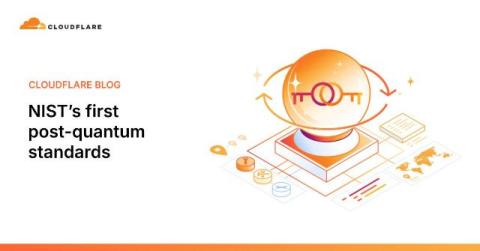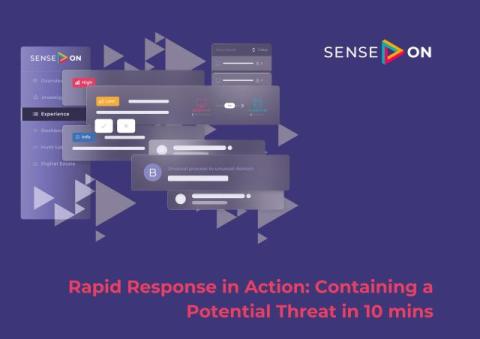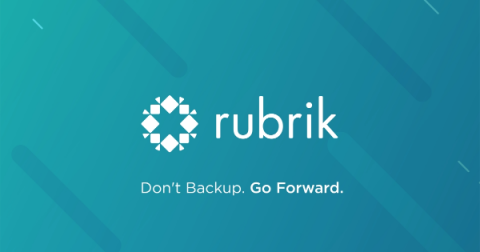FOG Ransomware Targets Higher Education
In Q2 2024, the Kroll Cyber Threat Intelligence (CTI) Team observed an increase in activity around a new ransomware group named FOG. FOG was initially observed in May 2024, and since then has been heavily targeting higher educational institutions in the U.S. by exploiting compromised VPN credentials. Kroll's review of a recent FOG binary (1.exe) found no exfiltration or persistence mechanisms directly integrated.











